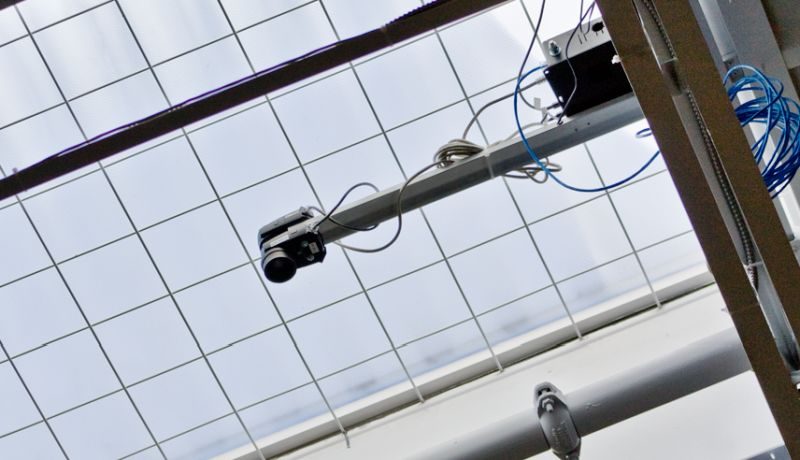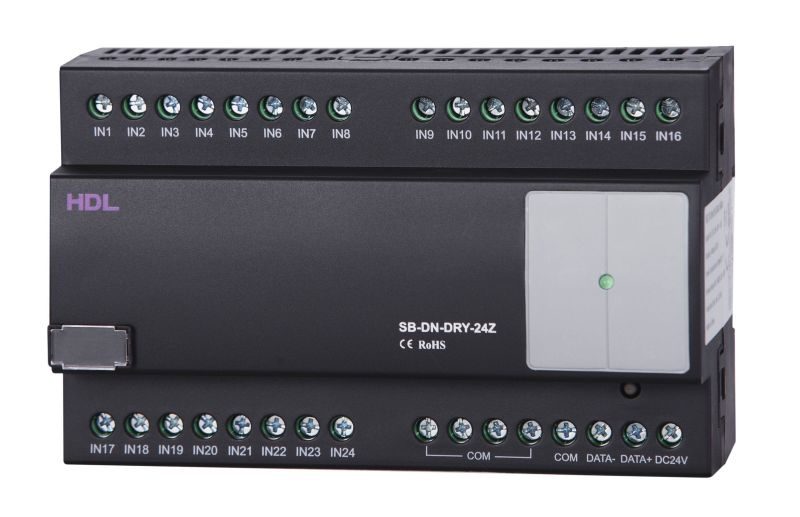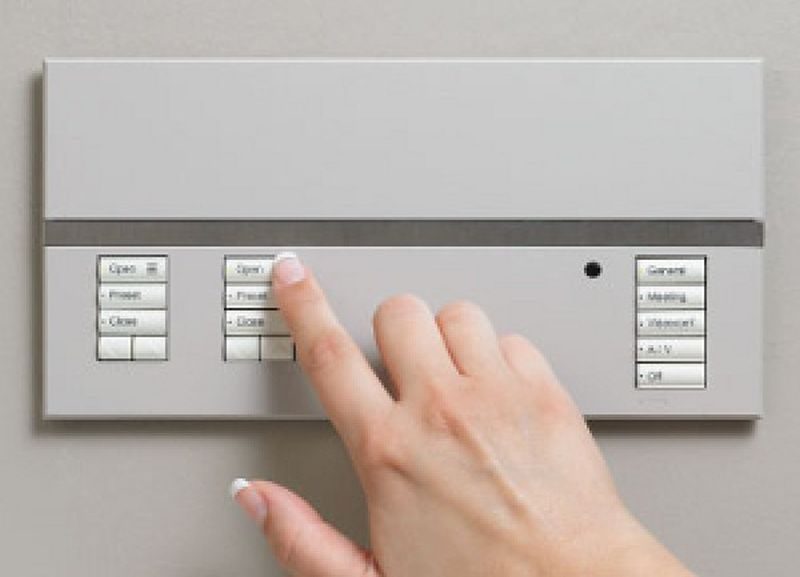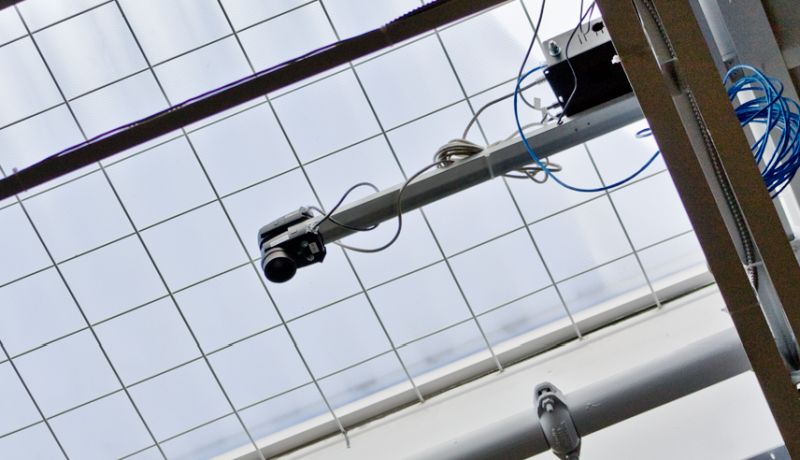Daylight harvesting is about the utilization of daylight to augment electric lighting or even to replace electric lightning during the day. According to the availability of daylight, lighting systems are used to control the amount of light to light up spaces, reducing the amount of electric lights. Artificial light is reduced by a great extent, thus saving a lot in electricity bills, and conserving electricity. The daylight harvesting concept is used by many lighting systems to reduce the cost of power and save money on energy costs.
Building energy codes driving daylight harvesting
 The daylight harvesting trend is driven mostly by the new building energy codes in the US. Code requirement these days in almost every state of the country now need control of light fixtures, especially in institutional and commercial spaces. The latest recommendations of the ASHRAE code have even stricter daylighting control systems. State codes have to meet ASHRAE or the IECC code, which requires a method of shutting off lights automatically, usually achieved by occupancy sensors.
The daylight harvesting trend is driven mostly by the new building energy codes in the US. Code requirement these days in almost every state of the country now need control of light fixtures, especially in institutional and commercial spaces. The latest recommendations of the ASHRAE code have even stricter daylighting control systems. State codes have to meet ASHRAE or the IECC code, which requires a method of shutting off lights automatically, usually achieved by occupancy sensors.
Steps you can take to set up a daylight control system
Daylight harvesting is designed to meet a recommended light level which varies according to the size of the space as well as the use. For example, the recommended light level is 500 Lux for offices.
- You can conduct daylight simulation test and use the results when the lighting system for your premises is designed.
- Prepare daylight harvesting plans which documents the daylight zones and also establish control zones which work well with the established zones and plans.
- Fix the location of the photosensor on interior elevations and ceiling plans.
- Install light sensors which are controlled by sensors.
- Write daylight control narrative of your space.
- Ask the contractor for drawings based on design documents and the control narrative of your space. You should also ask the contractor to include the calibration requirement logs.
- Arrange for the building operator to be trained by the manufacturer/contractor of the daylight control system.
Elements of daylight harvesting
Photosensors
 Image Source : cltc.ucdavis.edu
Image Source : cltc.ucdavis.edu
All the daylight harvesting systems use light sensors or photosensors to identify prevailing light levels, brightness, or luminance in closed or open loop systems. Photosensors can adjust the electric lights according to the available daylight.
In open loop systems, the photosensors are fixed on roofs, exterior walls, or on any interior wall which faces the skylight or window. In closed loop systems, the phtotosensors can identify the light levels from both exterior and interior sources, i.e. the electric lights and daylight inside the space. The closed loop system photosensors are fixed on the ceiling of the space, so that it can detect light levels accurately.
Dimming and control modules

The photosensors send signals to the lighting control module, which automates the light switches, dimming them or increasing the artificial light as required, or turning off the lights when required. The light controls continuously monitor the levels of light, and increase or decrease the artificial light. The non-dimming varieties have multiple light fixtures which are non-adjacent and placed near skylights and windows. You can opt for any of the systems according to the daylight your space receives. There’s also another system known as bi-level switching or step switching that you can install.
Energy saving

On and off systems are cheaper than dimming systems. Dimming systems might be more expensive but they have a better potential of energy saving, as they can dim the lights when daylight meets the light requirement. The basic energy usage of dimming systems is more than on-off systems. When well-calibrated, the occupants will not feel the changes in the changing of lights, as compared to step or on-off switching systems.
Many studies have shown that daylight harvesting can save up to 20-60% energy. Energy savings are more in spaces where there is abundant daylight, as daylight harvesting systems would reduce the use of electric lights in the space. The space could be an office space, plaza, mall, schools and so on.
In case you think that just increasing the size of windows would be enough, it’s actually an over simplistic solution. It may cause glare, causing discomfort to the occupants and might force them to use curtains or blinds. This would hamper the daylight harvesting systems and reduce the energy savings.




